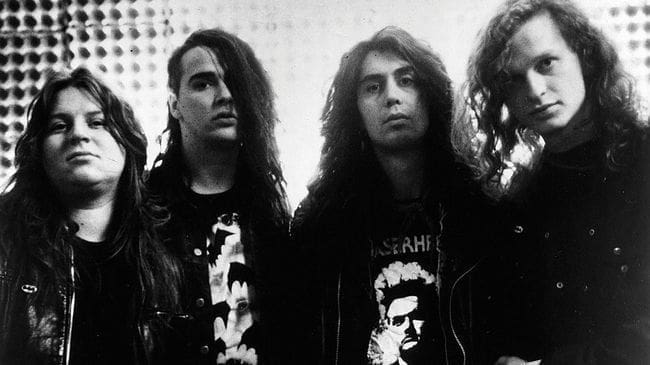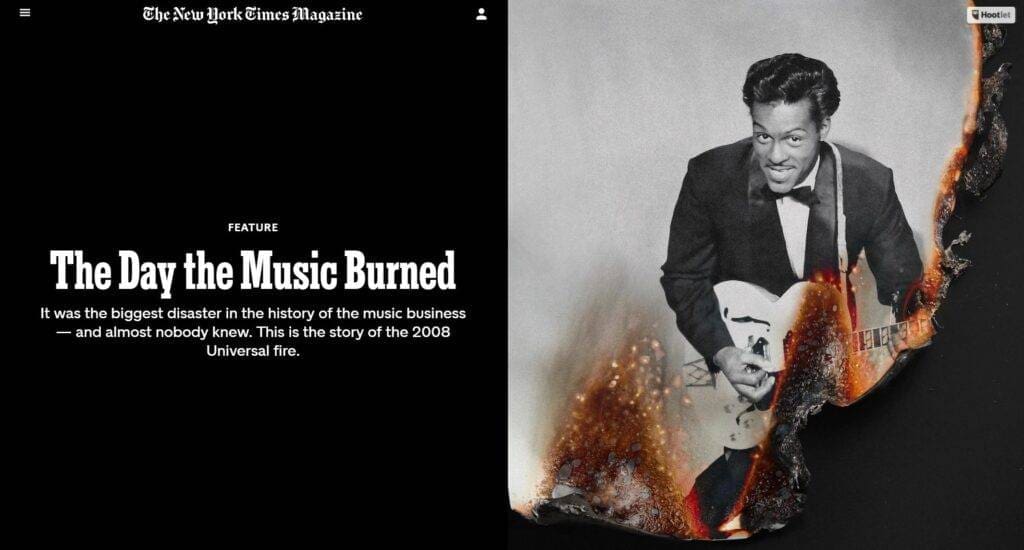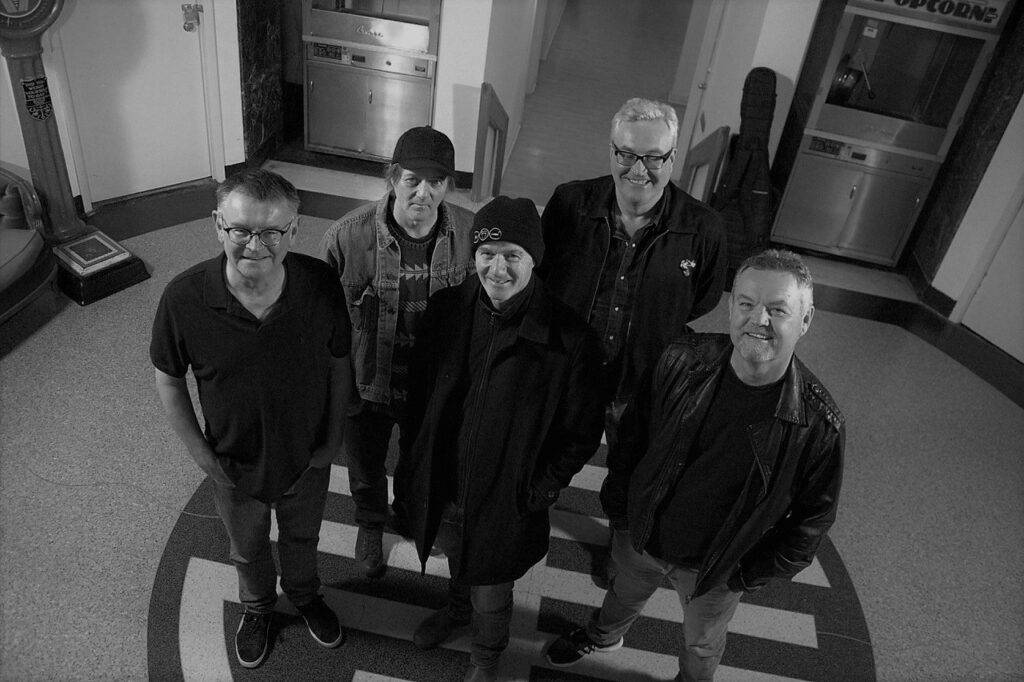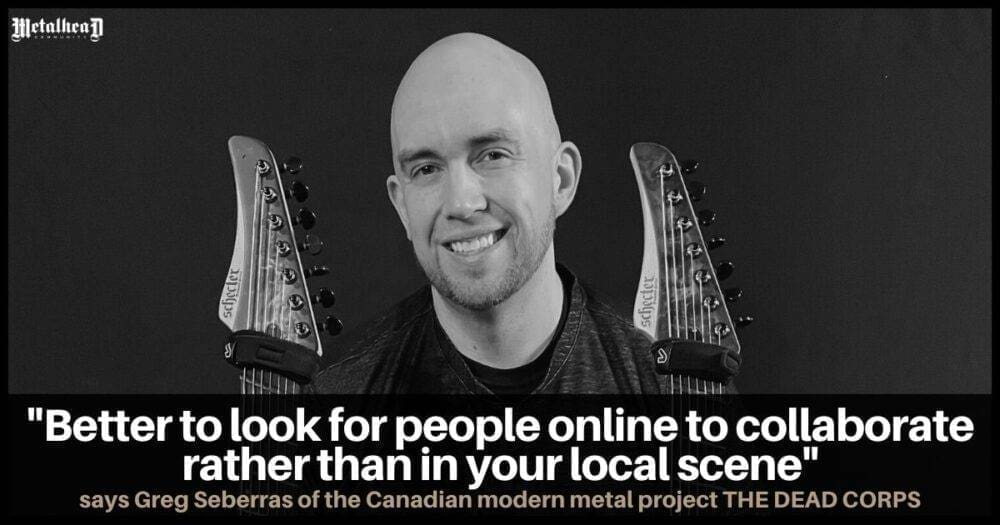These Bikers Came Bursting Into Our Place. I’m Sure We Would Have Been Killed”: How Violence, Rocket Attacks, and the Cold War Shaped Voivod’s 80s Prog-Thrash Masterpiece, Dimension Hatröss


In the late 1980s, the metal landscape was dramatically altered by two groundbreaking bands. Although the achievements of Metallica and Slayer are universally acknowledged for their expansion of pre-existing styles, it was Switzerland’s Celtic Frost and Canada’s Voivod who truly redefined the genre. These bands pushed beyond traditional boundaries, creating a lasting legacy. Voivod, in particular, reached a pinnacle of innovation with their 1988 album, Dimension Hatröss, a prog-thrash masterpiece born from a tumultuous period of violence, rocket attacks, and Cold War tension.
Celtic Frost reached their zenith with the 1987 release of Into The Pandemonium. For Voivod, the breakthrough came a year later with Dimension Hatröss. The creation of this mind-bending fourth album is a tale filled with near-death encounters, biker brawls, and an intensity that nearly destroyed the band. Yet, it also opened Voivod to a vast array of musical possibilities.
“We discovered electronics!” recalls drummer Michel ‘Away’ Langevin. “Recording Dimension Hatröss in Berlin marked our transition from thrash metal to something entirely unique.” Formed in Jonquière, Quebec, in 1983, Voivod was a blend of Langevin’s artistic vision of ‘The Voivod’—a post-nuclear, vampiric creature—and Denis D’Amour’s (known as Piggy) exceptional guitar skills. Alongside vocalist Denis ‘Snake’ Belanger and bassist Jean-Yves ‘Blacky’ Theriault, they quickly gained a cult following, thanks in part to the raw energy of their debut album, War And Pain (1984).
The Struggles and Breakthroughs
Langevin explains the financial struggles that nearly derailed their journey. “We moved to Montreal while working on our second album [1986’s Rrröööaaarrr], but quickly ran into financial problems.” To clear their debts, they organized a festival called World War III, featuring Celtic Frost, Destruction, Nasty Savage, and Voivod as the headliner. The event drew 3,000 people, enough to pay off their debts. A rough tape of Rrröööaaarrr given to Celtic Frost led to a deal with Noise Records.
Voivod released Rrröööaaarrr in 1986, followed by Killing Technology in 1987, which hinted at their evolving musical interests. But it was their next album, Dimension Hatröss, that truly showcased their innovative spirit.
The Intense Creation Process
“We were on a hectic schedule,” Langevin recalls. “We had to write Dimension Hatröss while touring Killing Technology. The music came easily, but making it a concept album took ages.” The concept revolved around terrorism, totalitarian governments, and religion, ending in cosmic devastation—a theme eerily relevant today.
Pre-production in their Montreal flat, located above a strip bar, was challenging. “It was a strange environment, with constant biker arguments outside,” says Langevin. “We even put a hole in the wall to lower a microphone into the club and listen through the PA. When bikers discovered the hole, they burst into our place, furious. Blacky made up a story about a missing hamster, which probably saved our lives.”
Recording in Berlin
When the band flew to Berlin to record at Musiclab Studios with producer Harris Johns, they faced new dangers. “Kids would fire rockets at us,” says Langevin. “New Year’s Eve was especially crazy; it felt like a war zone.”
Piggy adds, “We were the last band to record at the old Musiclab Studios. Living in the new studios as they were being built meant constant dodging of wiring and bricks. The old studio’s proximity to the Berlin Wall provided a depressing, yet inspiring backdrop.”
Innovative Techniques and Lasting Impact
The band’s determination to experiment led to groundbreaking innovations. “I was influenced by German industrial pioneers Einstürzende Neubauten and hunted for metal sheets to hit,” says Langevin. “Harris Johns introduced me to sampling, allowing us to create eerie, sinister sounds.” Piggy also explored new sonic possibilities, while Snake experimented with unconventional recording methods.
Despite a tight budget, the band found the experience enriching. “We dropped acid one night with Mille Petrozza from Kreator,” recalls Piggy. “Noise Records didn’t spend much, but any stress we had only made Dimension Hatröss better.”
Unexpected Setbacks
During an attempt to play a show in the UK, Voivod faced unexpected hurdles. “We were supposed to be part of the Christmas On Earth bill in Leeds,” says Piggy. “But we were refused entry into Britain because they thought we were German. When officials discovered we were Canadian and lacked proper paperwork, things went wrong.”
Release and Reception
Dimension Hatröss was released in May 1988 to critical acclaim. Its unique, elliptical style stood out in a linear world, making a significant impact. “Hearing the album for the first time was exciting,” says Piggy. “We knew it was different, but didn’t anticipate its lasting influence. Months later, people began telling us how inspiring they found the record.”
Langevin adds, “It helped many understand that metal could be diverse. Musicians like Thurston Moore of Sonic Youth are fans of the album, which is very humbling.”
Legacy and Reflection
Despite not achieving immediate commercial success, Dimension Hatröss established Voivod’s credibility and influence. “We didn’t sell many copies, but the sessions were incredibly valuable,” says Piggy. “Harris Johns’ introduction to new technology was pivotal.”
Langevin reflects, “I’m very proud of that album. It resulted from four young, dedicated individuals working around the clock, living together. It remains our most complicated record.”
Dimension Hatröss stands as a testament to Voivod’s innovative spirit and resilience, forever changing the landscape of metal and inspiring future generations.






Responses